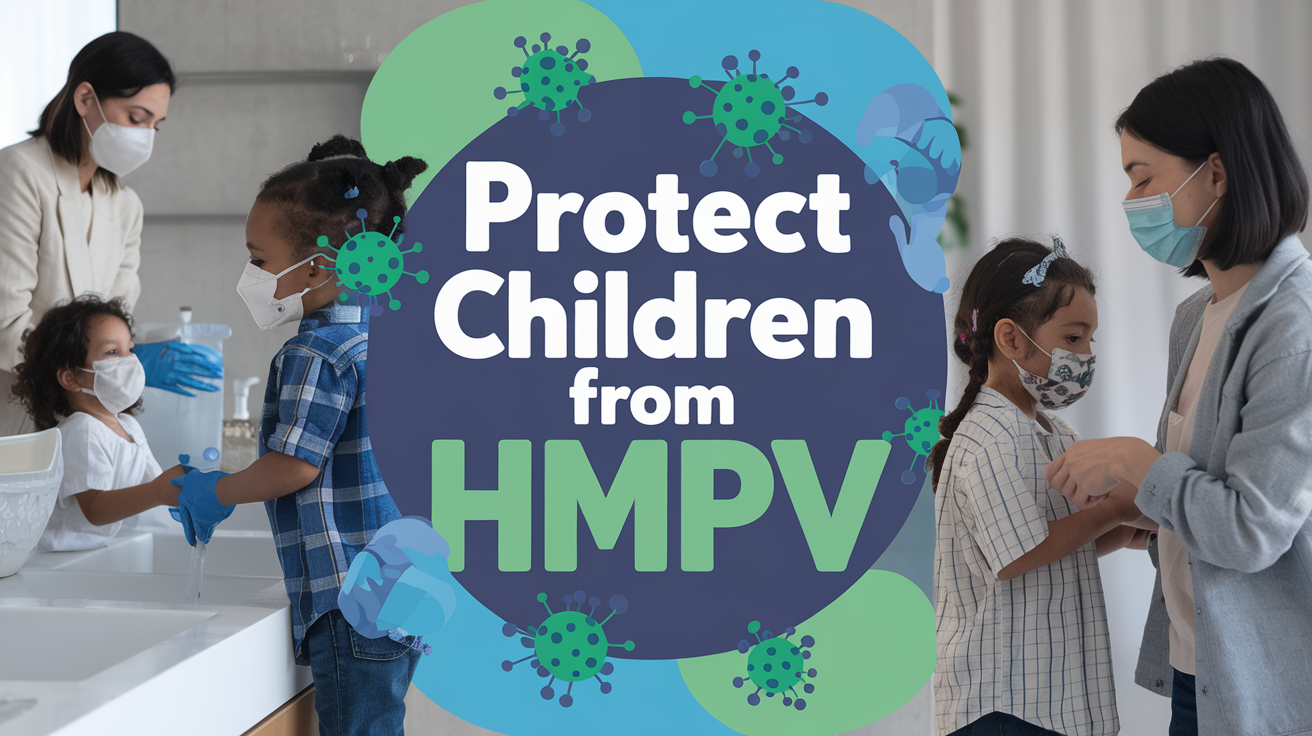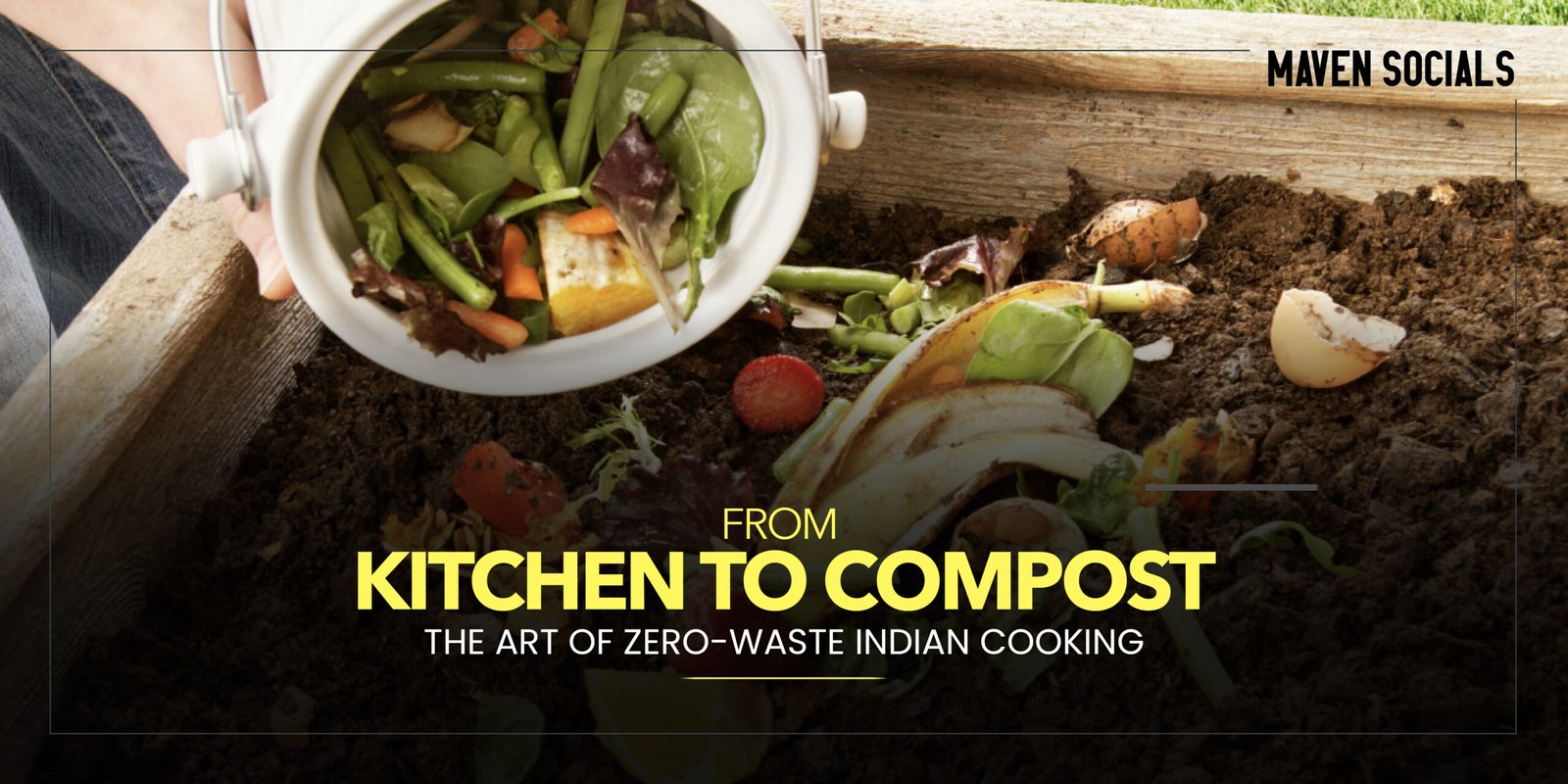Human Metapneumovirus (HMPV) has become a growing concern in India, with recent cases predominantly affecting infants. Although this virus has been known since 2001, its recent emergence in India—coupled with global panic following reports of overcrowded hospitals in China—has raised alarms among parents and health professionals alike. With no specific treatments or vaccines available, prevention and awareness are the best tools to combat its spread.
Understanding HMPV
HMPV is a globally recognized respiratory virus that primarily affects children, elderly individuals, and those with weakened immune systems. The virus often presents symptoms similar to influenza or respiratory syncytial virus (RSV), including:
- Cough
- Fever
- Nasal congestion
- Sore throat
- Shortness of breath
In most cases, these symptoms are mild and resolve within one to two weeks. However, in vulnerable individuals, HMPV can lead to more severe complications such as bronchitis, pneumonia, or exacerbations of asthma. The virus spreads through respiratory droplets, aerosols, and contact with contaminated surfaces or infected individuals.
The Situation in India
The first reported cases of HMPV in India were identified in Karnataka, Tamil Nadu, and Gujarat. A total of five cases have been reported so far:
- Karnataka: Two cases, involving a three-month-old girl and an eight-month-old boy, both with a history of bronchopneumonia.
- Tamil Nadu: Two more cases in young children.
- Gujarat: A two-month-old boy diagnosed in Ahmedabad.
These infants were hospitalized, treated, and are now stable under medical supervision. Despite the limited number of cases, the emergence of HMPV in India highlights the need for vigilance, particularly among parents and caregivers.
How to Protect Children from HMPV
Given the lack of targeted treatments or vaccines, prevention remains the most effective strategy. Here are eight essential measures to keep children safe:
- Emphasize Good Hygiene Practices: Teaching children the importance of washing their hands with soap for at least 20 seconds is crucial. Ensure they wash their hands after coughing, sneezing, or touching surfaces. Keeping a hand sanitizer handy is also a good practice.
- Avoid Touching the Face: Encourage children to avoid touching their eyes, nose, and mouth—common entry points for viruses.
- Maintain a Clean Environment: Regularly clean and disinfect surfaces and objects that children frequently come into contact with. Keeping living spaces clean reduces the risk of exposure to harmful pathogens.
- Ensure a Nutrient-Rich Diet: A balanced diet rich in vitamins and minerals can strengthen a child’s immune system. Foods high in Vitamin C, such as citrus fruits and leafy greens, can be particularly beneficial.
- Use Masks in Crowded Places: Wearing masks in crowded or enclosed spaces can minimize the risk of virus transmission. This is especially important during flu seasons or outbreaks.
- Stay Hydrated: Proper hydration helps the body flush out toxins and maintain energy levels. Encourage children to drink sufficient water and fluids, even during colder months when water intake often decreases.
- Practice Social Distancing and Isolation: Teach children to maintain a safe distance from people showing symptoms of respiratory illness. Infected individuals should self-isolate to prevent spreading the virus to others.
- Ensure Proper Ventilation: Good ventilation reduces airborne virus concentrations. Open windows and use air purifiers to improve indoor air quality.
How Parents Can Stay Prepared
Awareness and preparedness are key to managing the spread of HMPV. Here are some additional steps parents can take:
- Monitor Symptoms: If your child exhibits symptoms such as persistent coughing, high fever, or difficulty breathing, consult a healthcare professional promptly.
- Follow Medical Advice: Ensure that any prescribed treatments or therapies are followed diligently.
- Stay Updated: Keep track of health advisories and updates from local health authorities.
The Broader Context: HMPV vs. Other Respiratory Viruses
Health experts have compared HMPV to influenza and RSV, emphasizing that it is not a new virus. “I don’t think we should be pressing the panic button,” said Karnataka Health Minister Dinesh Gundu Rao. Authorities have noted that while HMPV cases are concerning, they are manageable with proper precautions.
Like many respiratory viruses, HMPV thrives in colder weather. Its transmission dynamics—via droplets, aerosols, and contaminated surfaces—are similar to those of the flu. However, unlike the flu, no vaccines or specific antiviral treatments for HMPV are currently available.
The Role of Schools and Communities
Schools, childcare centers, and community spaces play a significant role in preventing the spread of HMPV. Here’s how they can contribute:
- Promote Hygiene Education: Teach children about handwashing and respiratory etiquette (e.g., covering their mouth when coughing).
- Enhance Cleaning Protocols: Increase the frequency of cleaning and disinfection of shared spaces and objects.
- Encourage Sick Children to Stay Home: Establish clear policies for managing sick children and staff to prevent outbreaks.
- Provide Resources: Supply hand sanitizers, tissues, and masks in communal areas.
The Importance of Not Panicking
While the emergence of HMPV in India is concerning, it is essential to approach the situation with awareness rather than fear. Experts emphasize that this virus is not new, and the number of cases remains limited. By focusing on prevention, early detection, and community cooperation, parents and caregivers can significantly reduce the risk of HMPV transmission.
Conclusion
Human Metapneumovirus is a reminder of the constant need for vigilance against infectious diseases. With proper preventive measures, awareness, and timely medical intervention, parents can protect their children from this contagious virus. By fostering good hygiene habits, maintaining clean environments, and staying informed, we can collectively combat the spread of HMPV and ensure the safety of our children.













